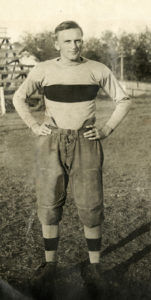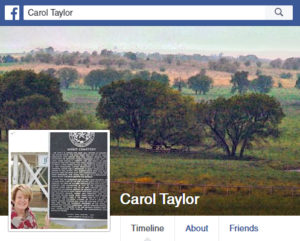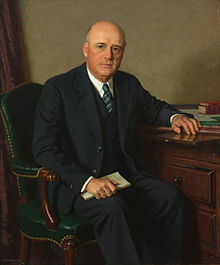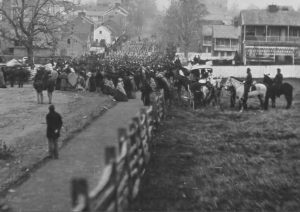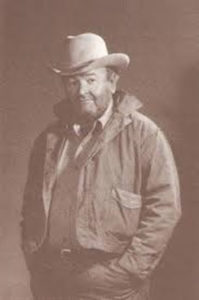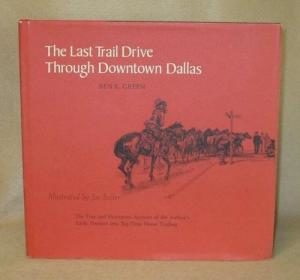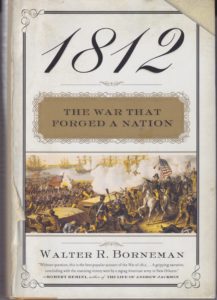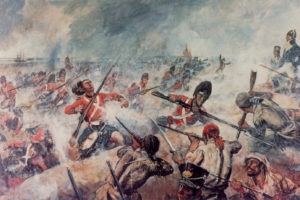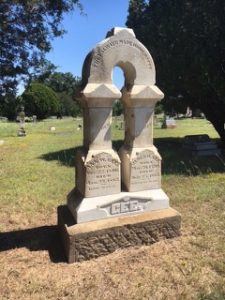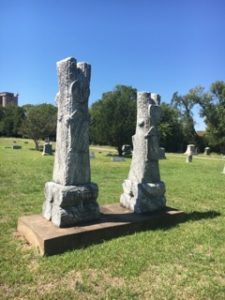Texas, the big football powerhouse that it is, was somewhat a latecomer to the sport. High School sports as we know them today were organized in the state about 1919. Prior to that time, most rural schools only went to the sixth grade. Towns like Greenville and Commerce offered five more grades for high schools. By 1916, though, high schools were organizing games and setting schedules for football, basketball, and baseball themselves. The size of the school wasn’t as important as its availability of a train station for teams and fans to arrive for games.
In 1916 Greenville High School hired Clyde Littlefield (1892-1981) to coach football, basketball, teach school and serve as Athletic Director after graduating from the University of Texas that spring. In 1916 he led the Greenville team, which may have been known as the Greenville Hunters, to a state championship in track. In the three years he coached football in Greenville he lost only one game, to Sherman in late November 1916. Immediately after the loss, Littlefield claimed that Sherman was playing at least one ineligible man who was over the age limit. The winner was to play Oak Cliff for the unofficial state championship. In turn, Oak Cliff accused Greenville as having two ineligible players and claimed the unofficial title.
World War I interrupted sports in many ways. One of the most unusual was the fact that green dye was nationalized for use in all army uniforms. That meant Greenville had to change from Hunter green uniforms to another color. Littlefield chose red and christened the former Hunters the Thunderbolts with red and white uniforms. Don’t ask me where the name Greenville Lions came from.
In the 1919 football season Greenville Thunderbolts won the unofficial state championship. It was that year that Texas Interscholastic League was organized. Rules were formulated; schedules were organized, and ineligible players were frowned upon. That year the Greenville Thunderbolts outscored all opponents 283 points to zero.
It wasn’t long before the University of Texas realized what a jewel they had in their alumni. Littlefield was offered the job of track coach at UT in 1920, a position he held for forty-one years. In 1925 he co-founded the Littlefield Texas relays. In all, his teams won twenty-five Southwest Conference track titles.
By 1927 the University of Texas added head football coach to his titles. He held that position until 1933. During that time he led the Longhorns to two Southwest Conference championships. In 1952 he was on the US coaching staff at the Helsinki Olympics.
But Littlefield did not forget Greenville and Hunt County. In 1922 he married Henrietta Rabb of Lone Oak. At some point the couple inherited a ranch located near the Two-Mile Bridge across Lake Tawakoni and frequently spent time there. The couple had one child, Clyde Littlefield, Jr. who is known as the Longhorns’ Resident Historian. The younger Littlefield is well known as one of the most successful advocates of history of the University and an avid historic preservationist.
Bravo Littlefields!

